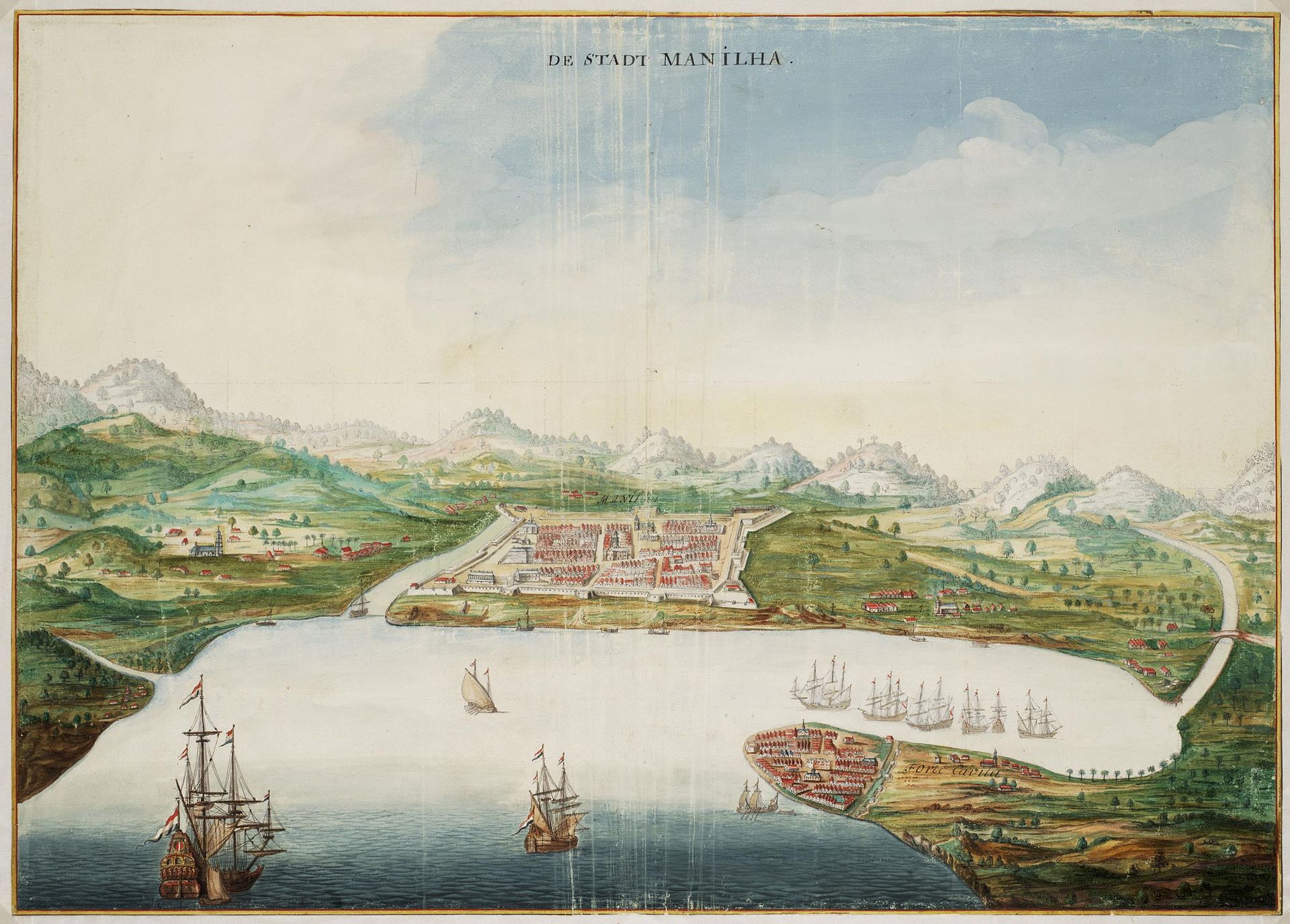Is it possible that America’s first Chinatown was in Manila???
The colonisation of the Philippines by the Spanish (in the 1560s) presented the Spaniards with the opportunity to tap into the lucrative trade with China. Manila became a valuable part of the transpacific trade between Asia and Mexico.
While the Spanish were primarily concerned with conducting the profitable Manila Galleon trade and making converts, thousands of Chinese travelled to Manila as traders and artisans (c.1560s onwards). These Chinese included merchants, bringing in goods in vast quantities, but also artisans, providing for the daily needs of Manila’s elites. This included the carving of religious statues for churches for example.
The Chinese resided outside the walled Spanish city (intramuros) but their daily activities often brought them into contact with Spanish authorities and traders. This interaction led to the development of a dynamic Chinatown in Manila’s extramuros. This was however, a relationship that was often fraught with suspicion and violence; the Spanish were far-outnumbered by, and often suspicious of the Chinese community.
The remnants of Manila’s intramuros can still be seen today.
Examine the scholarship of Prof. Evelyn Hu-DeHart (Brown University) for the latest research on the Chinese community in Manila.
Here’s a useful website on the transpacific trade:
http://www.transpacificproject.com/index.php/european-exploration-and-colonization/
